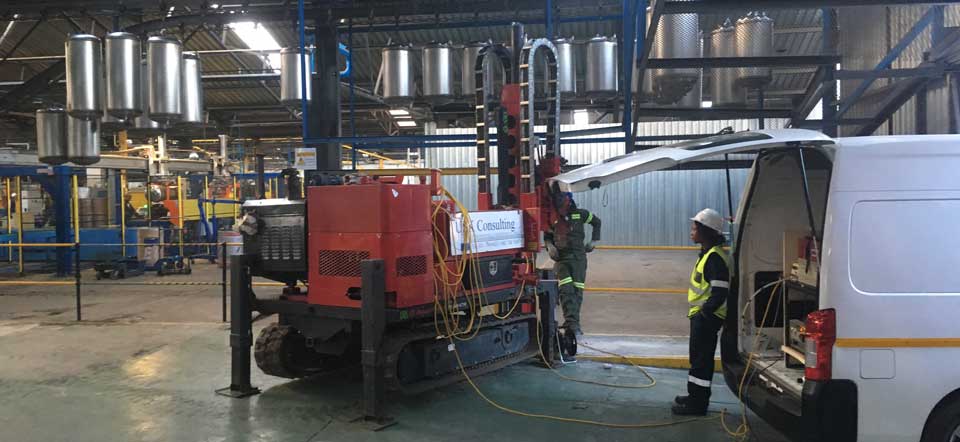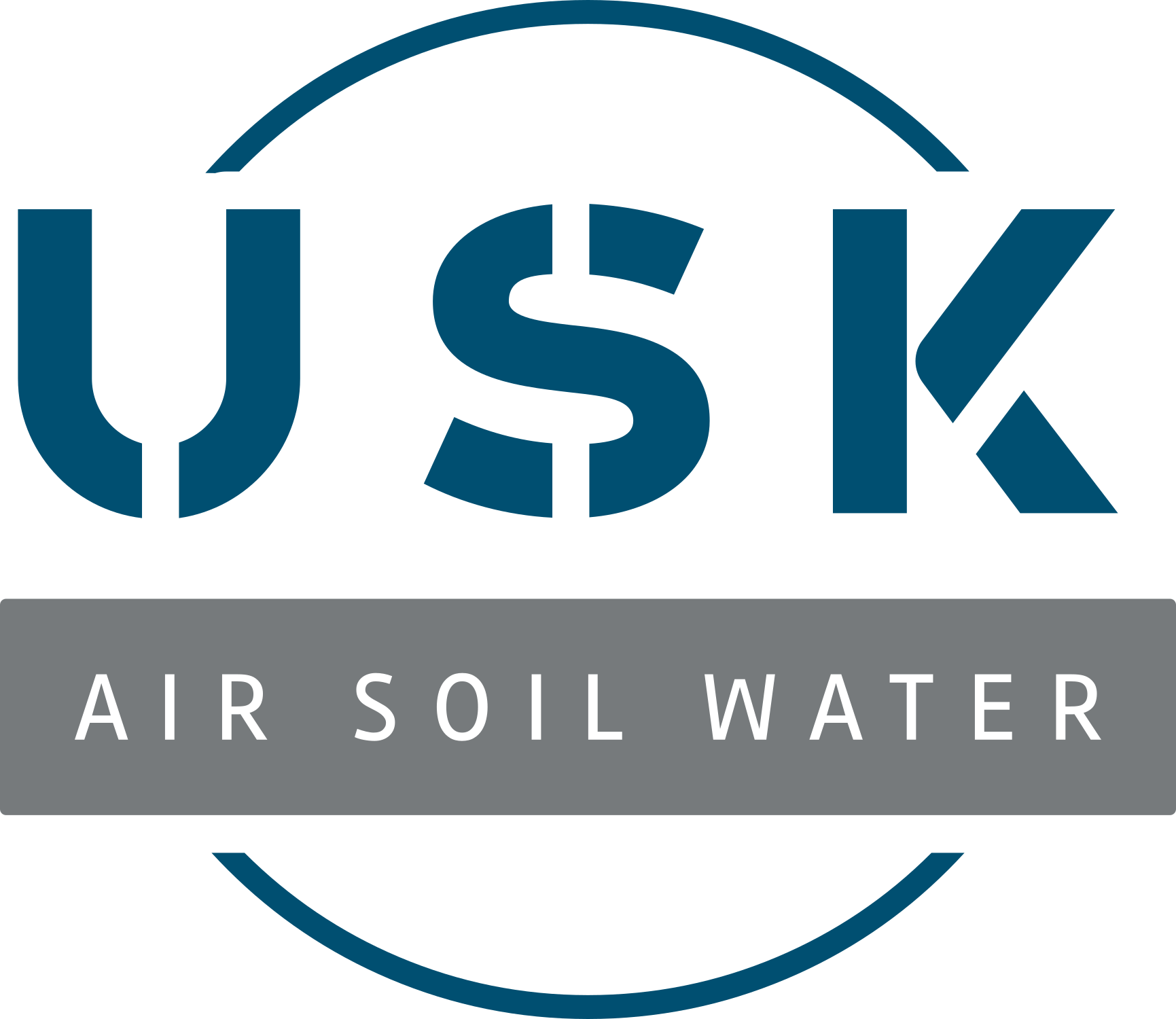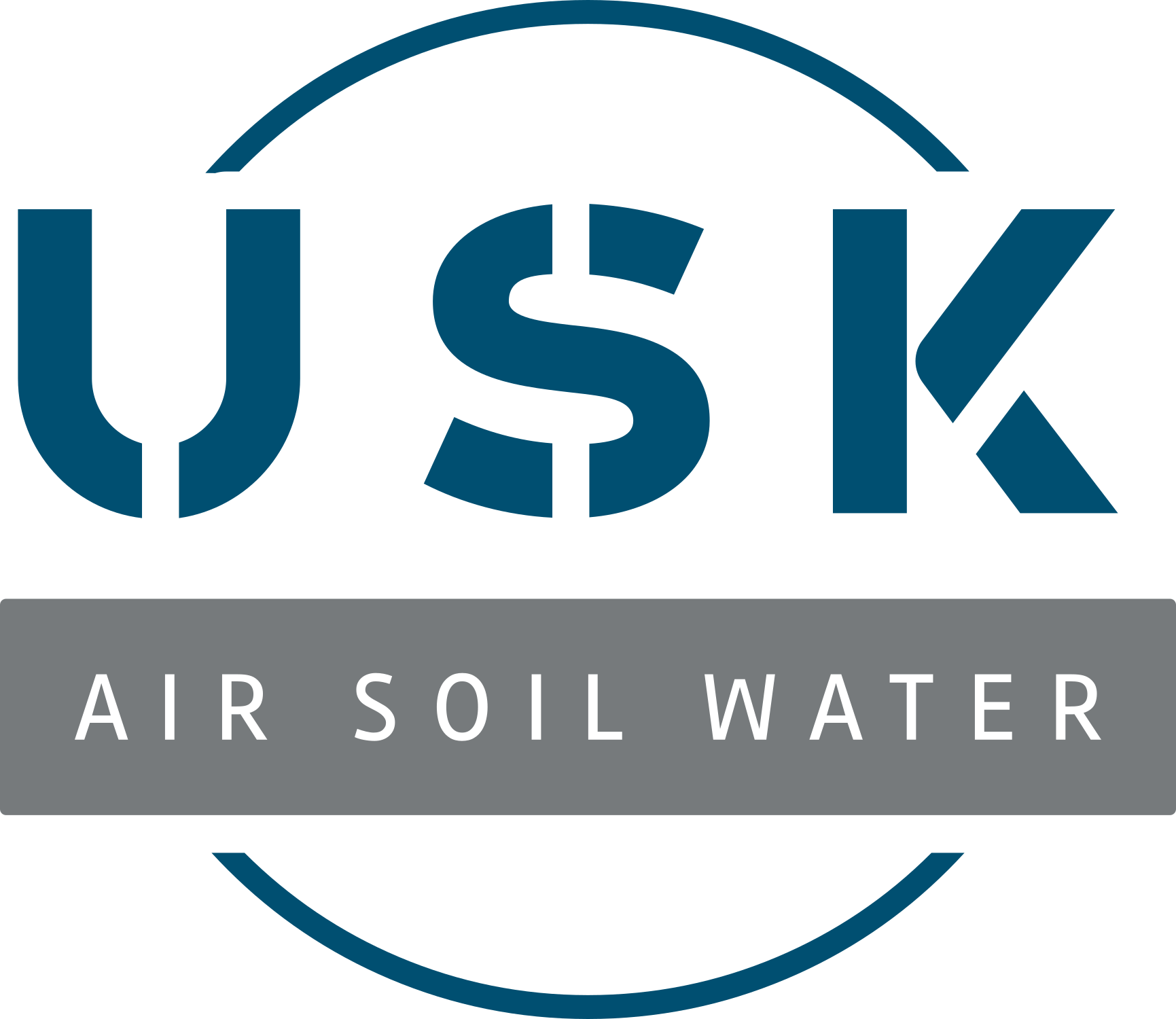High Resolution Site Characterization
High Resolution Site Characterization Tools
Membrane Interface Probing (MIP)
The MIP is used for field screening and rapidly mapping dissolved phase petroleum and chlorinated solvent contamination. The MIP will quickly delineate both the horizontal and vertical extent of dissolved phase contamination and identify areas of highest concentration. The MIP/EC can be used in saturated or unsaturated zones.
- Photo Ionization Detector (PID)
- Flame Ionization Detector (FID)
- Halogen Specific Detector (XSD)

Operated in Standard Mode, the MIP system can typically detect most common VOCs at levels ranging from 0.2 to 2.0 ppm. If lower limits are desired, the MIP system can be operated in Low Level mode with the addition of a controller that increases sensitivity by at least 10x.
gineering and environmental consulting firms.
The MIP tool also has an integrated Electrical Conductivity (EC) Dipole to gather lithologic information about the soil simultaneously.
The probe is pushed at a rate of about 2cm per inch, or 15 seconds per foot. To increase sensitivity, the probe is typically paused at every 1-foot interval for approximately 45 seconds to allow the heating block to heat up a larger volume of soil and volatilize more VOCs that pass through the membrane.
Other High Resolution Site Characterization Techniques
We can also offer the following HRSC Techniques:
Hydraulic Profiling Tool (HPT)
The HPT is a logging tool that measures the pressure required to inject a flow of water into the soil as the probe is advanced into the subsurface. This injection pressure log is an excellent indicator of formation permeability. In addition to measurement of injection pressure, the HPT can also be used to measure hydrostatic pressure under the zero flow condition. This allows the development of a hydrostatic pressure graph for the log and prediction of the position of the water table.
Formation hydraulic conductivity can be estimated from HPT logs using empirical relationships developed for the tool. These estimations can be made automatically using the DI-Viewer software. A graph of hydraulic conductivity estimated from an HPT log is shown in the figure below. Data from this estimate is readily transferable to groundwater flow models.
The rate of advancement of the probe is targeted at no more than 4ft (1.22m) per minute. Therefore, an average daily production of 200’-300’ per day can be expected.
Combined Membrane Interface Probe Plus Hydraulic Profiling Tool (MIHPT)
This new combined probe tool offers a powerful combination of the same logging tools described above. It is a revolutionary addition to the HRSC toolbox capable of collecting six log parameters all at one time. It is able to detect volatile compounds with the MIP, measure hydrostratigraphy with the HPT, and soil conductivity with the EC dipole array. The combined tool generates a tremendous data set by simultaneously generating a log of VOCs with three selective detectors (FID, PID, XSD), HPT pressure, flow and Kest, and electrical conductivity (EC), all in single borehole push, cutting your acquisition time in half! Quality control checks are performed the same as in the above previous tool package descriptions.
The full suit of High Resolution Site Characterization Services we offer now includes:
- CPT / EC Logging (geology)
- MIP (contaminants: CHC, BTX, PHC, PAH)
- Heavy Metal Probe (XRF)
- Hydraulic Profiling (HPT / IL = hydraulic index)
- In-Situ Slug-Testing (hydraulic conductivity)
- Injection of Substrates (in-situ remediation)
- Direct-Push Soil Sampling (depth discrete liner sampling)
- In-Situ Groundwater Sampling (depth discrete)
- Direct Push Wells (Prepacked Wells, and Multi-level CMT monitoring wells )
Follow Us
Western Cape - South Africa
Cape Town
Email: grace@uskconsulting.com
KwaZulu-Natal - South Africa
Durban
Email: nan@uskconsulting.com
Gauteng - South Africa
Johannesburg
Cell: +27 72 256 3230
Email: kkalule@uskconsulting.com




